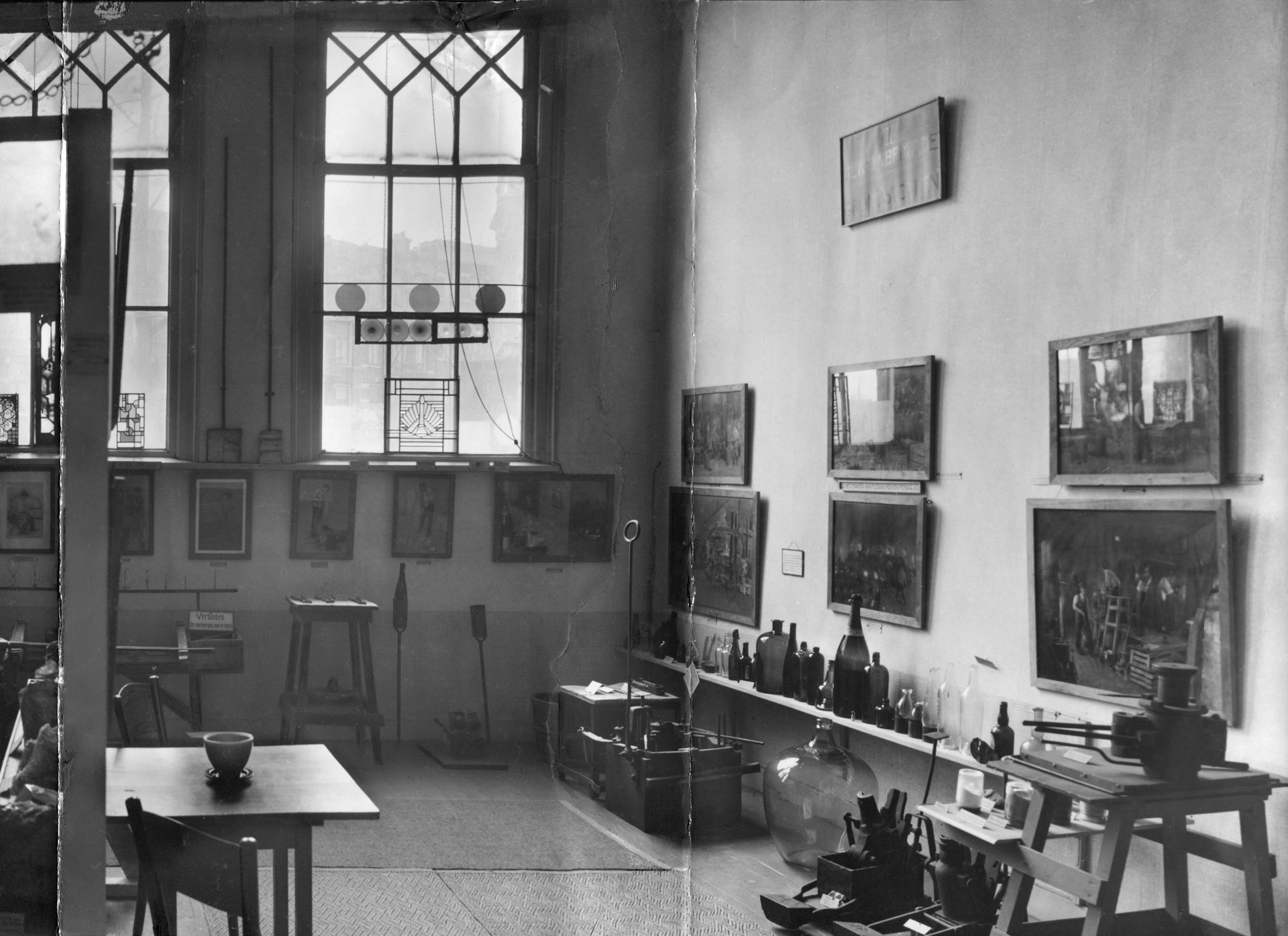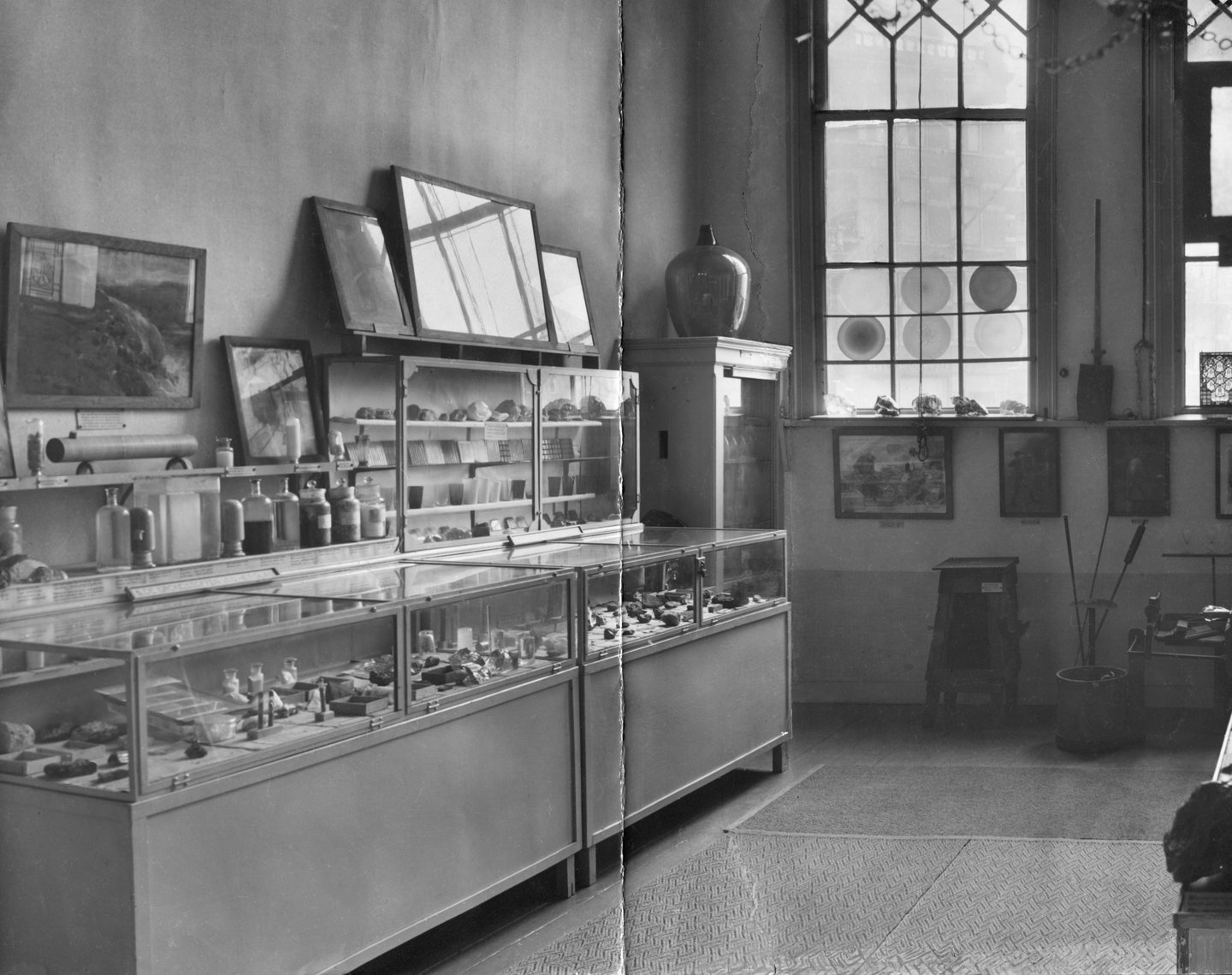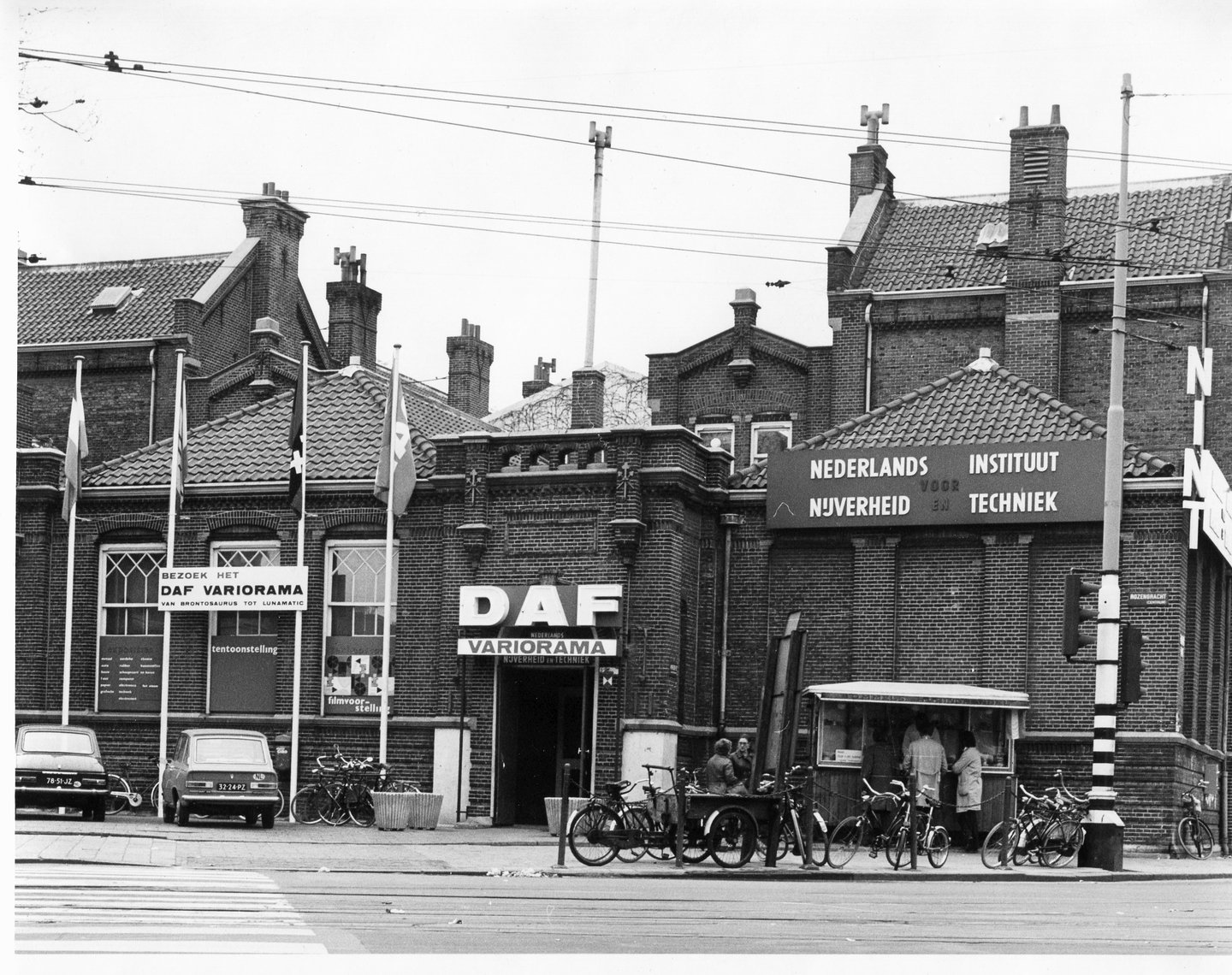
NEMO Science Museum
History
The history of NEMO is inseparable from the development of technology and science in the Netherlands and how society has viewed this process over the past 100 years: from a firm belief in progress, to reconstruction and industrialization, and on to the quest for sustainability and innovation.
How it all began: 1923

Belief in progress
In 1923, the Labour Museum was founded in Amsterdam by painter Herman Heijenbrock. This is where NEMO has its roots. Heijenbrock was an industrial artist: his themes were technology and labour. In his museum he wanted to create an exhibition space for his vast collection of objects and paintings. He also wanted to communicate his enthusiasm for technology to young visitors.
Personal fascinations
Industrialization and a belief in progress were the themes of the museum, which very much reflected the personal fascinations of its founder. Throughout its existence, the Labour Museum never quite outgrew its origins as Heijenbrock’s personal collection. Partly due to the economic crisis of the 1930s and World War II, the museum was unable to develop into a national museum of technology.
NINT: 1954-1983

The reconstruction years: 1945-1970
In the years of reconstruction that followed World War II, Dutch industry was seen as the driving force behind economic growth. A new board and a new director, W. Heldoorn, went in search of a new name for the Labour Museum. It became the Netherlands Institute for Industry and Technology (NINT).
The Institute wanted to get children excited about working in the world of industry and technology. Its exhibitions recreated the halls of industry, presenting photographs, products, models and diagrams. The Institute also screened films about technology for the young and parents were invited to information evenings about their children’s study and career prospects in science and engineering.
Middle ground: 1970-1983
In the 1970s, belief in progress began to falter. Society became increasingly critical of technology and industry. The NINT therefore decided to adopt a more neutral position. This middle ground took the form of complementing the education offered in schools and colleges: physics, chemistry, engineering and the brand new phenomenon of computers.
From 1979, there was a greater focus on the American approach to science centres with their emphasis on fun and play as a way of introducing children to technology. In the early 1980s, a new management team introduced a science theatre and a technological playground for very young children. This move was in perfect synch with the times. In 1983 the Institute relocated from Rozengracht to Tolstraat.
New direction: 1988 to the present day
Under the leadership of a new director, Joost Douma, the NINT entered a new era from 1988. A project organization began recruiting supporters and attracting financial backers. Inside the museum, the exhibitions on the ground floor of the Tolstraat location were transformed into a science centre before the term had even been introduced in the Netherlands.
NewMetropolis
In 1997, after years of preparation, the Institute relaunched itself with a new name in a brand new location: newMetropolis opened its doors in a spectacular building in Amsterdam’s eastern docklands, a ground-breaking green construction on top of the IJ tunnel. This powerful and innovative statement perfectly suited the organization’s new course: newMetropolis wanted visitors of all ages to learn new skills through games and interactive exhibits. The initiative attracted a great deal of praise and attention within the Netherlands and abroad, but within 18 months significant operating deficits necessitated a new approach.
From 2000: fascinating focus on science
In 2000, the organization adopted its present name: NEMO Science Museum. Under the leadership of its new director Michiel Buchel, appointed in 2003, the focus on science is stronger than ever. NEMO enables the general public to find out all about science by discovering it for themselves.
With the opening of the Humania exhibition in 2019, all aspects of 'being human' will also play an important part in the museum.
All sciences
Science doesn’t just mean physics, chemistry and biology: all scientific study has the power to fascinate. Today more than ever, this focus offers inexhaustible opportunities to capture people’s imaginations: exhibitions, children's lectures, events (at the museum and beyond its walls), TV programmes and the purchase of a historic heritage collection.
“It is wonderful that after 100 years, the museum still inspires and stimulates curiosity about science and technology. The challenges of our time require curious people and knowledge of science and technology. It makes the exhibitions and activities offered by NEMO more relevant than ever.”
Géke Roelink, director NEMO